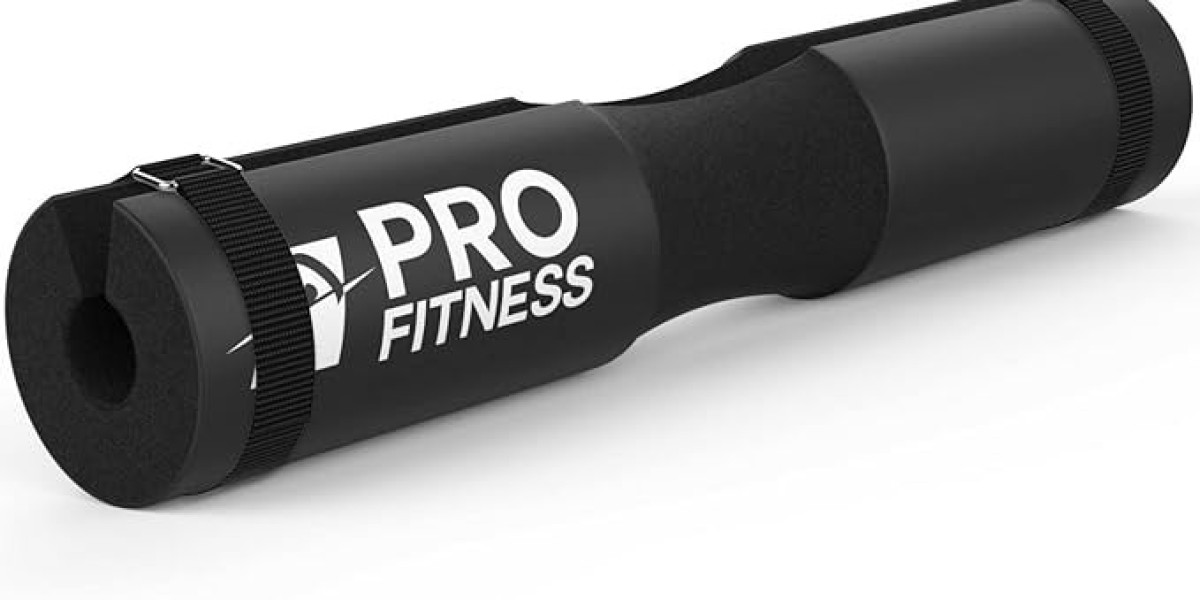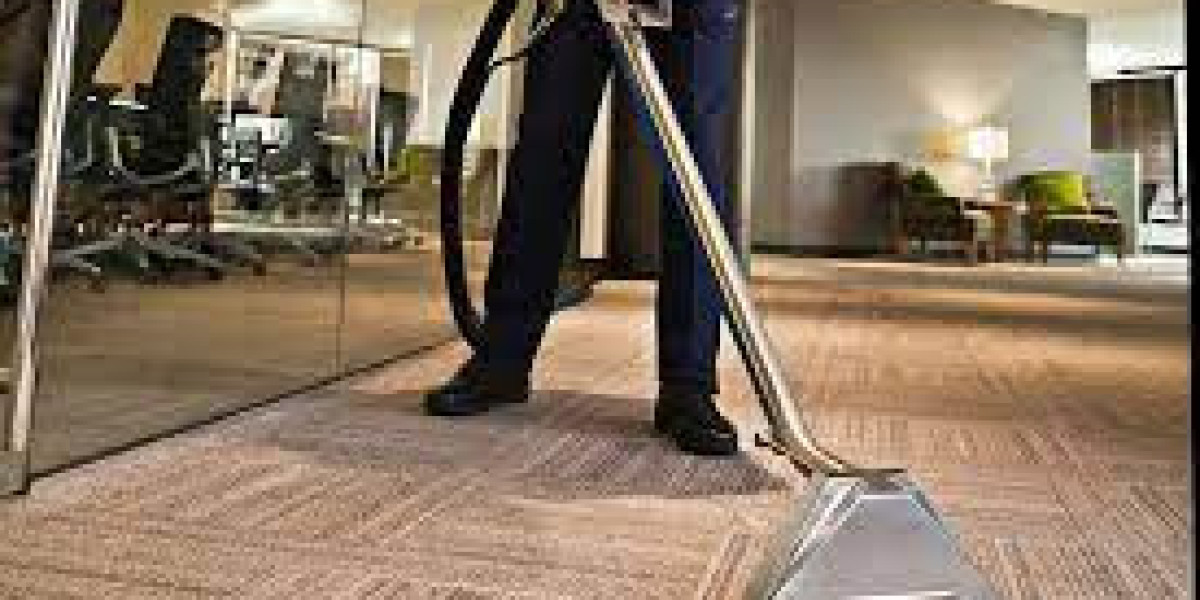A barbell pad is a piece of gym equipment designed to provide cushioning and support during exercises that involve resting a barbell on the shoulders or hips. It typically consists of a foam pad encased in a durable covering, with straps or Velcro fasteners to secure it to the barbell. Barbell pads come in various shapes, sizes, and materials, but they all serve the same purpose: to reduce discomfort and pressure on the body while lifting heavy weights.
Using a barbell pad is relatively simple, but it's essential to understand when and how to use it effectively to maximize its benefits. Here's a step-by-step guide on how to use a barbell pad:
Choose the Right Barbell Pad: Before you start using a barbell pad, make sure you select the appropriate pad for your needs. Consider factors such as the thickness of the foam padding, the length of the pad, and any additional features like anti-slip surfaces or contoured designs. Choose a pad that provides adequate cushioning and fits securely on the barbell.
Positioning the Pad: Place the barbell pad in the center of the barbell, aligning it with the area where the barbell will come into contact with your body during the exercise. For exercises like squats and hip thrusts, position the pad on the center of the barbell where it will rest comfortably on your upper back or hips. Ensure that the pad is evenly centered to distribute the weight evenly and prevent any imbalance.
Securing the Pad: Most barbell pads come with straps or Velcro fasteners to secure them to the barbell. Wrap the straps around the barbell and fasten them tightly to ensure that the pad stays in place during your workout. Double-check the security of the straps before lifting to prevent the pad from shifting or sliding during the exercise.
Adjusting the Barbell: Once the pad is securely attached to the barbell, adjust the position of the barbell on the rack or lifting platform to the appropriate height for your exercise. Ensure that the barbell is positioned comfortably on your shoulders or hips, with the pad providing sufficient cushioning and support.
Performing the Exercise: With the barbell pad in place, you can now perform your chosen exercise with added comfort and support. Whether you're performing squats, hip thrusts, lunges, or any other exercise that involves resting the barbell on your body, the pad will help reduce pressure and discomfort, allowing you to focus on proper form and technique.
Maintaining Proper Form: While the barbell pad provides cushioning and support, it's essential to maintain proper form and technique throughout your workout to prevent injury and maximize results. Focus on maintaining a stable core, keeping your back straight, and engaging the target muscles effectively. The barbell pad should complement your form by reducing discomfort, not compensate for poor technique.
Listening to Your Body: Pay attention to how your body feels during the exercise, especially in areas where the barbell makes contact with your body. If you experience any discomfort or pain, adjust the position of the pad or the barbell to alleviate pressure on sensitive areas. It's essential to listen to your body's signals and make adjustments as needed to ensure a safe and effective workout.
Removing the Pad: Once you've completed your workout, carefully remove the barbell pad from the barbell and store it properly for future use. If the pad becomes dirty or sweaty during your workout, wipe it down with a damp cloth or disinfectant spray to keep it clean and hygienic.
In conclusion, a barbell pad is a valuable accessory for anyone performing exercises that involve resting a barbell on the shoulders or hips. By following these steps and using the barbell pad correctly, you can minimize discomfort, reduce the risk of injury, and focus on getting the most out of your workout.



